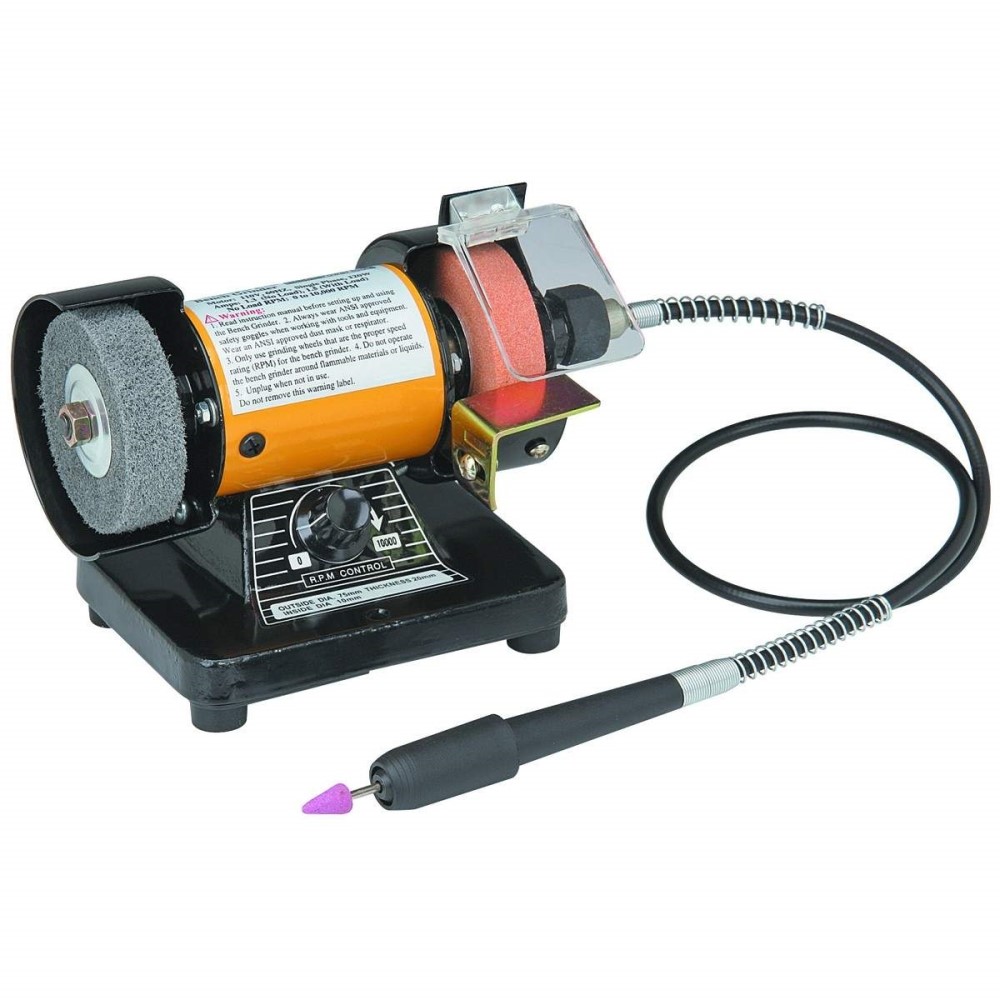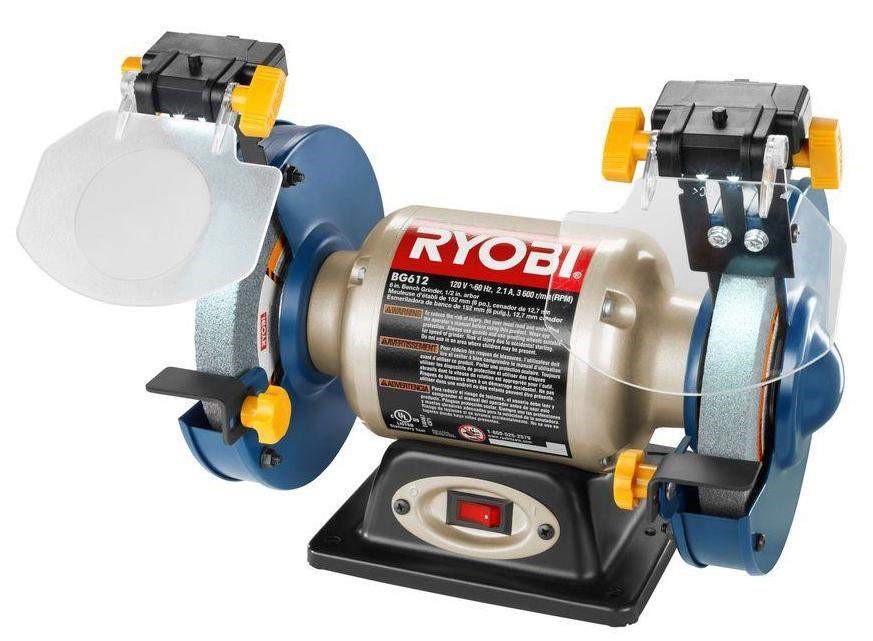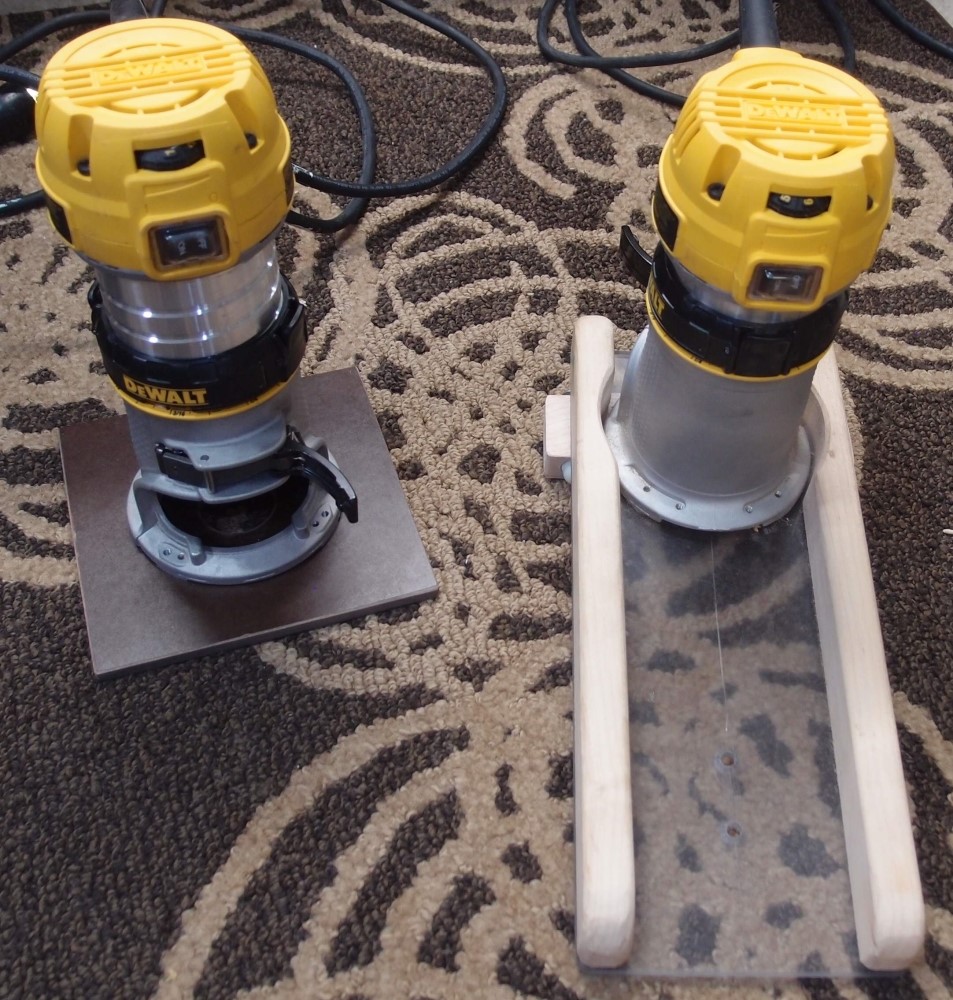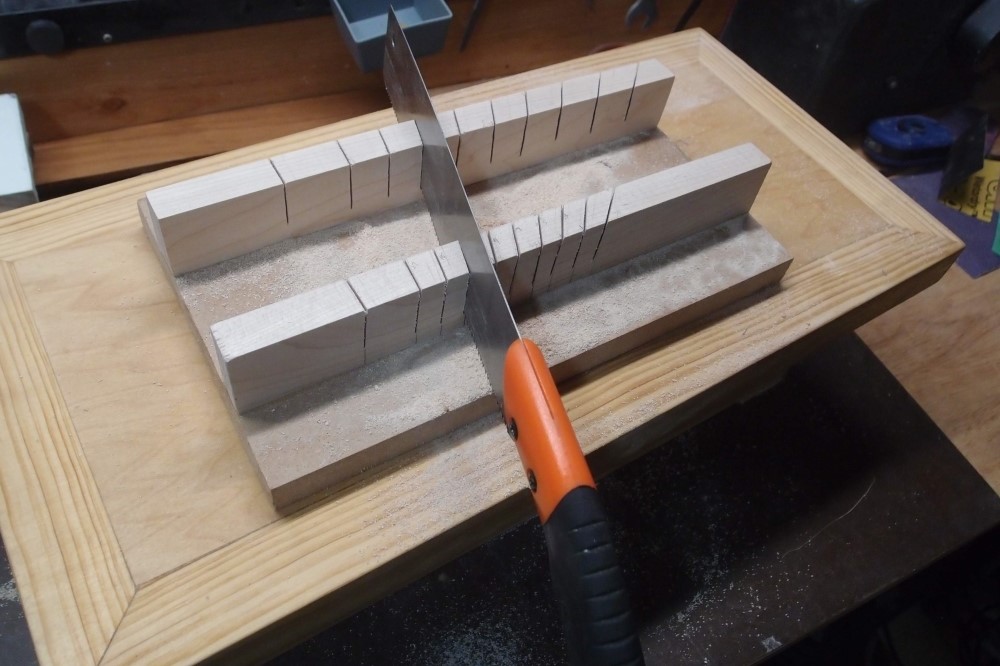Grinders

This is my tiny bench grinder, with a Dremel attachment (removable). This thing is worth its weight in gold. Grinds, buffs, and does everything the Dremel will do, better. $37.99 Harbor Freight.

Compare to a full-sized grinder. This is also very useful.


Questions or Inquiries?
Just want to say Hello? Sign the .